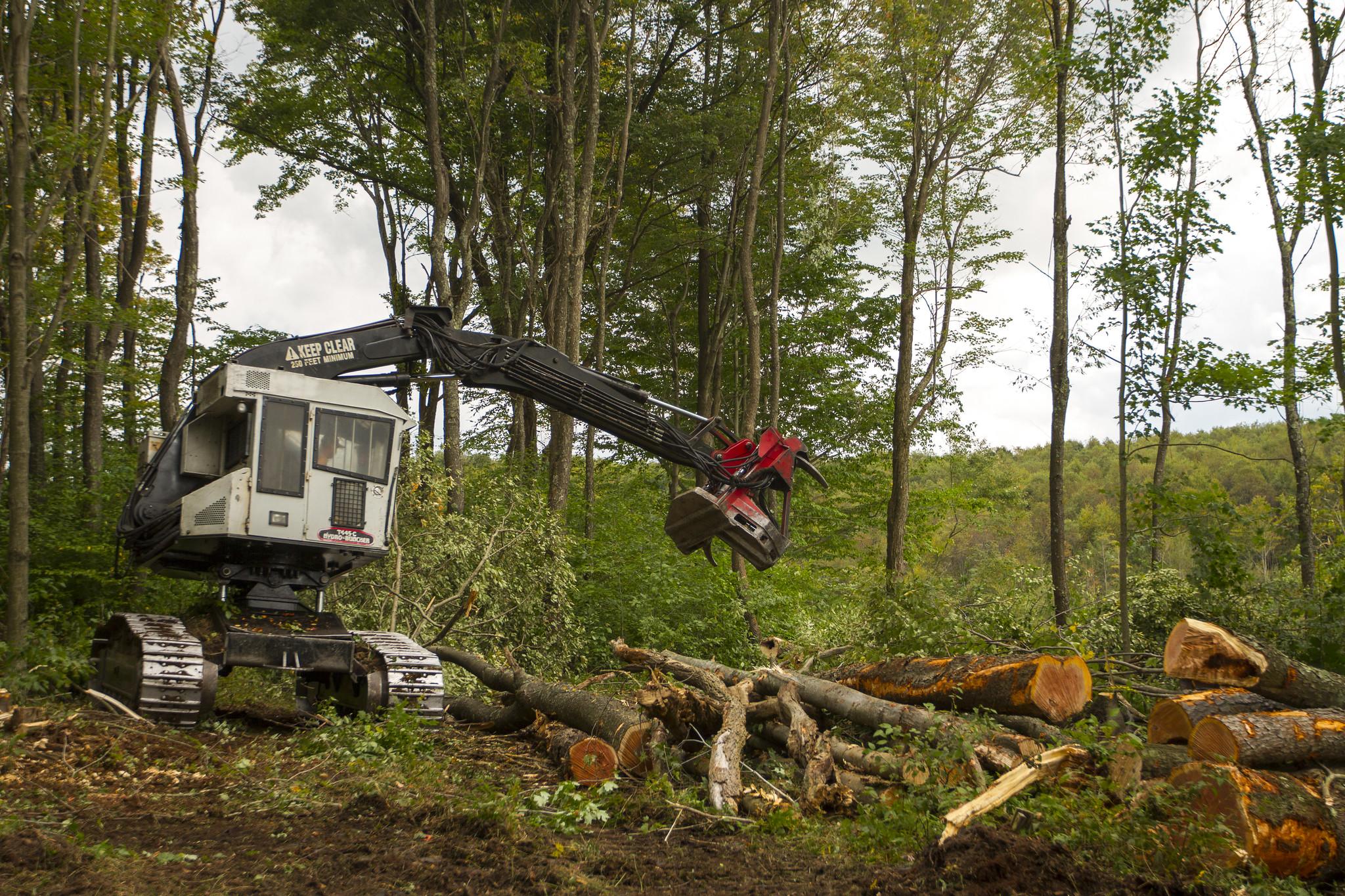Updated: June 26, 2024
Recovering Northern Bobwhite Quail: A Guide to Habitat Management (FS-2023-0683)
Northern bobwhite quail populations in Maryland have experienced significant declines over the past 50 years. This publication provides a comprehensive guide to habitat management aimed at reversing this trend. The key strategy involves creating and managing early successional habitats, which are essential for quail survival. These habitats include a diverse mix of forbs, native bunchgrasses, and shrubby cover. Effective management practices highlighted in the guide include fallowing agricultural land, implementing forest management techniques, using prescribed fire, disking, applying herbicides, and managing grazing. Each practice contributes to maintaining the habitat structure necessary for quail and other species. By fostering these habitats, landowners can support not only quail but also a broader range of grassland and shrubland bird species, as well as other wildlife. The guide emphasizes that proactive and consistent habitat management is crucial for the recovery and long-term sustainability of northern bobwhite quail populations in Maryland. Author: Luke Macaulay; Title: Recovering Northern Bobwhite Quail: A Guide to Habitat Management (FS-2023-0683)
Updated: January 19, 2021
Forest Thinning: A Landowner's Tool for Healthy Woods
Trees and woodlands grow and change over time without any help from humans. However, their natural growth habits aren’t always the best and quickest way for you to reach your goals as a woodland owner or manager. Forest thinning is a tool that woodland owners use to encourage trees to grow in a way that meets their goals.


